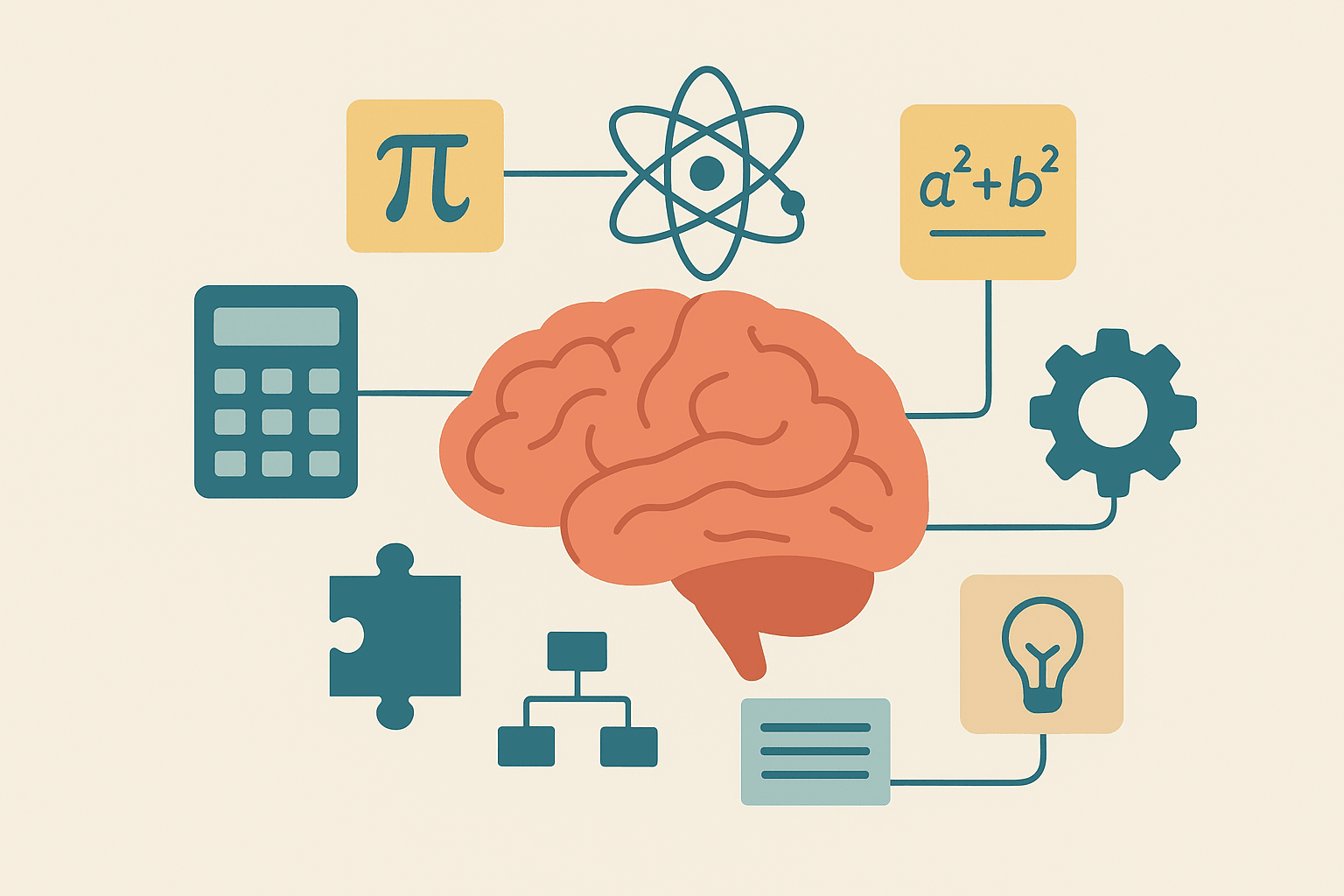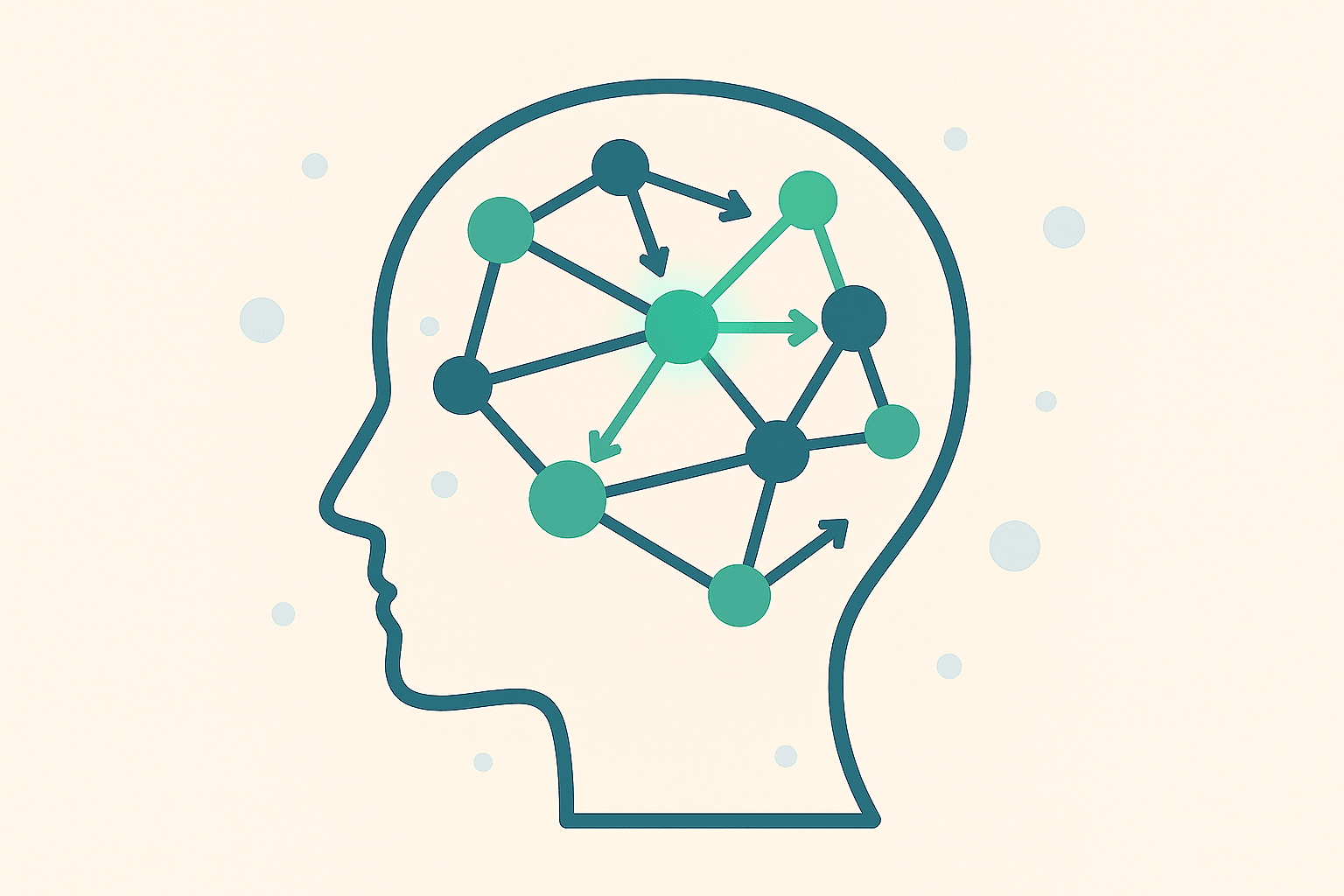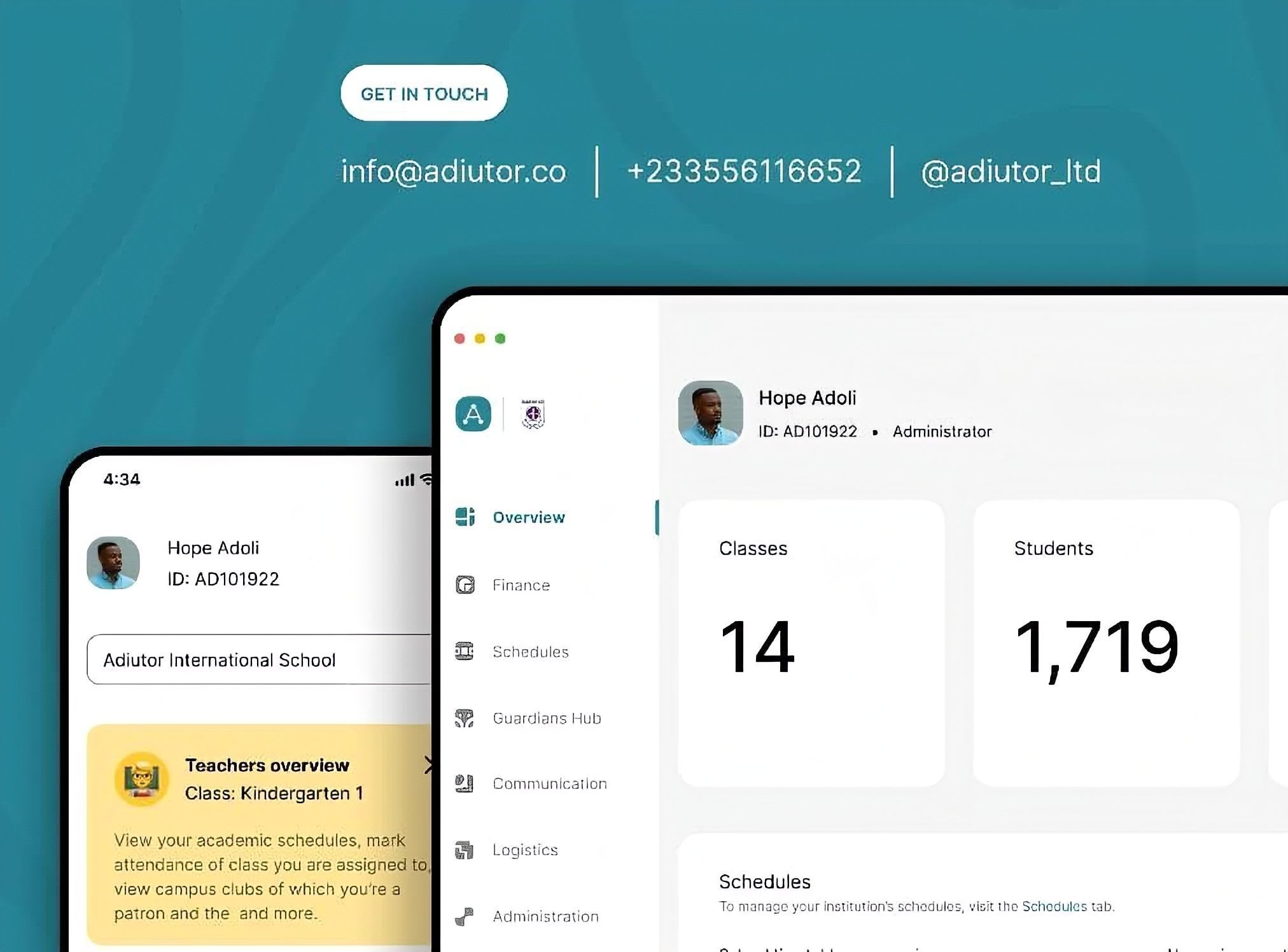Understanding Cognitive Load Theory
Cognitive Load Theory (CLT) is a framework in educational psychology that explains how the limitations of working memory affect learning. It was developed by John Sweller in the 1980s and is widely used in instructional design

We’re always learning, whether we notice it or not. Sometimes it’s very deliberate where you sit down to study, and you’re fully aware you’re trying to master something. A lot of learning also happens without us even trying. Think about how you pick up the lyrics to a song just by hearing it a few times. The way information is presented, the examples chosen, all shape schemas (mental models) and how easily we can learn and store new information. Over time, those mental models become the mental shortcuts we rely on when tackling new problems.
Cognitive load refers to the amount of mental effort being used in working memory at any given time. Think of working memory as your brain’s notepad. It’s where you jot down information you need right now, like a phone number you repeat to yourself until you dial it. The thing is, that notepad is tiny. You can only keep a handful of things on it at once, and if too much is written down, it gets messy and you lose track.
Similarly, as humans, our working memory is limited in both capacity and duration. It can only manage a few elements of information at once, and when it is overloaded, the learning process breaks down. Overloading the working memory leads to confusion and prevents students from making meaningful progress.
Cognitive Load Theory (CLT) is a framework in educational psychology that explains how the limitations of working memory affect learning. It was developed by John Sweller in the 1980s and is widely used in instructional design. It helps us to recognise the difference between an instructional task that is appropriately challenging and one that overwhelms a learner.
The Three Types of Cognitive Load
Cognitive Load Theory breaks mental effort into three categories: intrinsic, extraneous, and germane load. Each plays a different role in the learning process, and effective teaching means creating a good balance between these three.
Intrinsic Load
Intrinsic load is tied directly to the complexity of the content itself. Technically, this complexity comes from the number of interacting elements a learner must process at once. For example, memorising a list of unrelated words places a relatively low intrinsic load because each word is independent. But solving a physics problem requires integrating formulas, units, and conceptual relationships, which is much heavier.

The main factor here is element interactivity; when ideas cannot be learned in isolation but must be understood together. For beginners, almost everything feels interactive because they lack schemas (mental models) to split information into chunks they can easily understand. For experts, the same material has a lower intrinsic load because they can compress those elements into larger, meaningful units.
Instructionally, intrinsic load can’t be eliminated; it’s built into the subject matter. But it can be managed through sequencing, scaffolding, and chunking so that learners tackle smaller portions of complexity before combining them.
Extraneous Load
Extraneous load is not about the material itself but about how it is presented. It represents cognitive effort that does not contribute to learning. Common sources include:
Split attention: when learners must divide focus across multiple sources (e.g., text on one page, diagram on another).
Redundancy: when information is repeated in ways that confuse rather than clarify.
Irrelevant detail: flashy but distracting visuals, or overcomplicated explanations.
From a mental perspective, extraneous load consumes working memory without building any schemas that help learners better understand the material. That’s why reducing it is a top priority in CLT-based design. Techniques like integrating text and visuals (rather than separating them), simplifying instructions, and avoiding unnecessary decoration all help reduce this wasted effort.
Germane Load
Germane load is a bit different from the others. It refers to the useful cognitive effort invested in schema construction and automation. Learners who are actively working to organise information, connect it to prior knowledge, and practice applying it, are engaging in germane processing. A student who solves practice problems and reflects on the techniques used builds mental structures that will reduce future cognitive load. This is how beginners gradually become experts: the schemas they develop allow them to handle more complexity with less effort.

There has been some debate in the literature about whether germane load is truly separate from intrinsic load or simply a way of describing how intrinsic load is processed. Nonetheless, it remains a useful concept for practitioners because it emphasises that not all effort is bad.
Designing Instruction with Cognitive Load Theory
Understanding the three types of cognitive load is only the first step. The question now is: How can I structure this learning experience so that working memory is used efficiently?
Managing Intrinsic Load (Goal: Simplify)
Sequencing and scaffolding: Since intrinsic load comes from the inherent complexity of the material, the key strategy is sequencing and scaffolding, as mentioned before. Start with simpler elements before layering in more complexity. In mathematics, it is more effective to teach basic algebraic manipulation before introducing multi-step word problems that require those skills in combination. Similarly, in reading instruction, phonics is often taught before expecting children to analyse full texts.
Segmentation: Segmentation also helps break complex tasks into manageable phases. This prevents learners from facing too many interacting elements at once, while still building toward mastery of the whole task.
Reducing Extraneous Load (Goal: Reduce)
The split-attention effect: Place related text and visuals together so learners do not need to mentally integrate them.
The redundancy effect: Avoid repeating the same information in multiple forms when one form is sufficient (e.g., don’t read text aloud verbatim while showing it on a slide).
The signalling analysis principle: Use cues such as arrows, highlights, or headings to direct attention to what matters most.
Simplification: Strip away decorative but irrelevant details in materials, whether in textbooks, slides, or classroom explanations.
Encouraging Germane Load (Goal: Maximise)
Worked examples: The ultimate goal of instruction is not just to make content easier but to help learners build schemas. Show complete problem solutions before asking students to solve similar problems independently. This allows them to study the process without being overloaded.
Faded guidance: Gradually remove support as learners gain expertise, shifting more of the cognitive work onto them in a controlled way.
Self-explanation prompts: Encourage students to articulate why a solution works or how concepts connect.
Practice and variation: Provide practice that is structured enough to reinforce schemas but varied enough to promote flexible transfer.
Common Misconceptions and Misapplications of Cognitive Load Theory
Misconception 1: “All cognitive load is bad.”
A common mistake is to assume that the goal is to minimise all forms of load. In reality, germane load is essential because it drives schema construction. If we reduce cognitive demand too much, learners may engage passively without developing the deep understanding needed for transfer. Effective instruction manages, rather than eliminates, load.
Misconception 2: “Complex content should always be simplified.”
It is tempting to oversimplify material in an effort to reduce intrinsic load. While scaffolding and segmentation are useful, over-simplification risks depriving learners of the opportunity to grapple with necessary complexity. Subjects like science and mathematics inherently involve abstract relationships. Avoiding this complexity entirely might make lessons easier in the short term, but it undermines long-term learning.
Misconception 3: “Visuals automatically reduce load.”
CLT has often been linked to multimedia learning, but not all visuals are helpful. Poorly designed graphics, decorative images, or redundant combinations of text and narration can increase extraneous load rather than reduce it. Ensure that visuals are simple, straightforward and integrated meaningfully with the content.
Misconception 4: “CLT applies equally to all learners.”
Another pitfall is assuming that the same instructional design works for everyone. In fact, expertise level changes how the load is experienced. Beginners benefit more from worked examples, while experts may find them redundant and disengaging. This is known as the expertise reversal effect. Good design takes into account where learners are on the novice–expert continuum.

Adiutor
Adiutor means "helper" - we do just that, by taking a load of your school administration and helping you focus on what matters most: the kids.
References
Chandler, P., & Sweller, J. (1991). Cognitive load theory and the format of instruction. Cognition and Instruction, 8(4), 293–332. https://doi.org/10.1207/s1532690xci0804_2
Mayer, R. E., & Moreno, R. (2003). Nine ways to reduce cognitive load in multimedia learning. Educational Psychologist, 38(1), 43–52. https://doi.org/10.1207/S15326985EP3801_6
Paas, F., & van Merriënboer, J. J. G. (1994). Variability of worked examples and transfer of geometrical problem-solving skills: A cognitive-load approach. Journal of Educational Psychology, 86(1), 122–133. https://doi.org/10.1037/0022-0663.86.1.122
Paas, F., Renkl, A., & Sweller, J. (2003). Cognitive load theory and instructional design: Recent developments. Educational Psychologist, 38(1), 1–4. https://doi.org/10.1207/S15326985EP3801_1
Sweller, J. (1988). Cognitive load during problem solving: Effects on learning. Cognitive Science, 12(2), 257–285. https://doi.org/10.1207/s15516709cog1202_4
Sweller, J., Ayres, P., & Kalyuga, S. (2011). Cognitive load theory. Springer. https://doi.org/10.1007/978-1-4419-8126-4
(Comprehensive book covering intrinsic, extraneous, and germane load, plus instructional principles.)
Sweller, J., van Merriënboer, J. J. G., & Paas, F. (1998). Cognitive architecture and instructional design. Educational Psychology Review, 10(3), 251–296. https://doi.org/10.1023/A:1022193728205
van Merriënboer, J. J. G., & Sweller, J. (2005). Cognitive load theory and complex learning: Recent developments and future directions. Educational Psychology Review, 17(2), 147–177. https://doi.org/10.1007/s10648-005-3951-0
